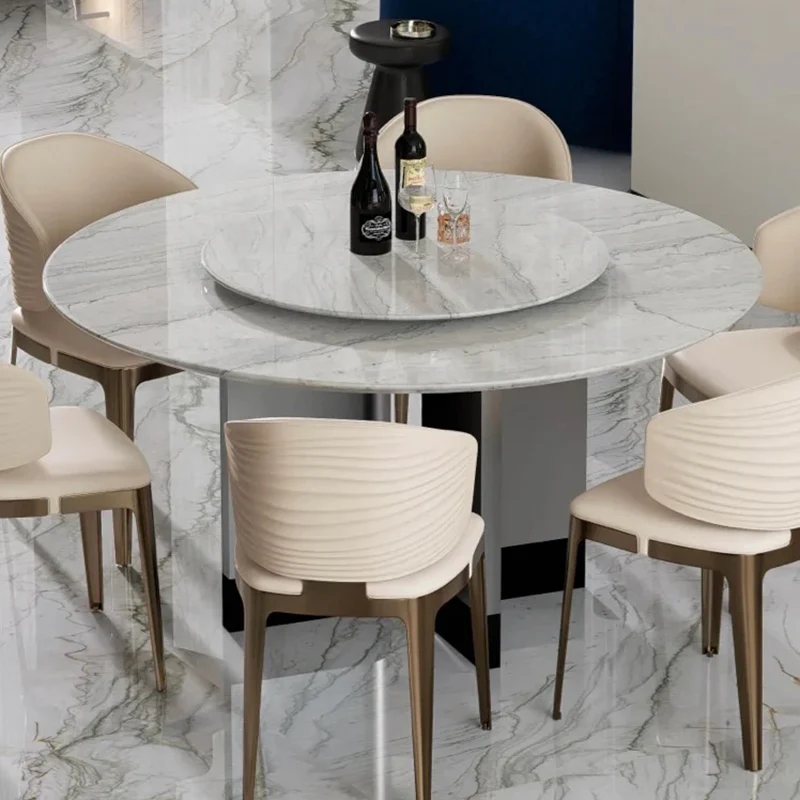Quartz stone, commonly referred to as quartz, is a new type of stone material artificially synthesized from over 90% quartz crystals combined with resin and other trace elements. It is formed by pressing large-format slabs using specialized machines under specific physical and chemical conditions. Its primary material is quartz.

| Feature | Pure Color Quartz Stone | Single Color Quartz Stone |
|---|---|---|
| Composition | 90% Quartz Stone + 10% Resin & Pigment | 95% Quartz Stone + 5% Resin |
| Appearance | Uniform, fine color with subtle micro-particles; higher gloss and more vibrant color | Visible particles (large/small); more natural color |
| Price | Higher (due to added pigment) | Lowest |
| Performance | Standard performance | More wear-resistant and scratch-resistant (lower resin content) |
| Recommended Style | Modern, Minimalist style | Traditional decoration style |
Composed of two colors, they are naturally more expensive than single-tone countertops.
Two-tone countertops are not suitable for modern or minimalist styles, but are more suitable for Chinese and European decor.
These countertops mimic rock slabs and have a complex process. They are the most expensive, but the price difference is not too far from that of rock slabs. Choose a countertop based on your decorating style.
Color Observation: Observe the uniformity of the color and grain of the quartz stone. Genuine quartz stone has an uneven distribution of color and grain.
Hardness Comparison: Use a key to scratch the surface of the quartz stone. A metallic hue and no scratches indicate acceptable quality.
Olfaction: Genuine quartz stone contains environmentally friendly materials and has a natural, stone-like aroma. Inferior quartz stone may emit a strong formaldehyde odor due to the addition of formaldehyde during the production process.
Porosity Observation: High-quality quartz stone will have virtually no pores, while inferior quartz stone will have numerous pores.
Sandpaper Abrasion: High-quality quartz stone will not produce powdery particles due to sandpaper abrasion.
Stain resistance test: Use a marker to draw on the quartz and see if it can be erased. If it can be erased, it indicates strong stain resistance.
Hardness test: Use a steel knife to scratch the quartz. Pure quartz will only leave a black mark, while fake quartz will leave a white mark.
High temperature resistance test: Genuine quartz is heat-resistant and is not affected by temperatures below 300°C.
Acid test: Use white vinegar to drop on the quartz. If bubbles form, it is fake.
Fire test: Genuine quartz is heat-resistant and will not leave marks after being heated.
